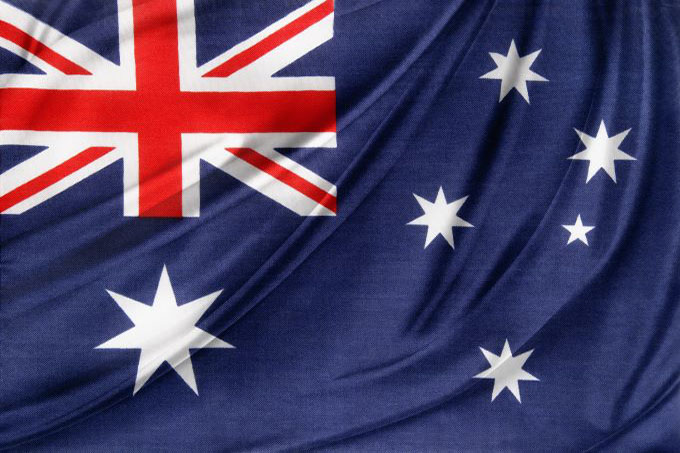The Australian Bureau of Statistics released preliminary retail sales data on Wednesday, which showed retail sales fell 4.2 percent (month-on-month) in September, after rising 3.2 percent from the previous month.
 Last week, the Australian dollar fell 3.59 percent against the US dollar, snapping a two-week rally.
Last week, the Australian dollar fell 3.59 percent against the US dollar, snapping a two-week rally.
Reserve Bank of Australia Deputy Governor Guy Debelle expressed concern about the value of the Australian dollar on Tuesday, contrary to the expectations of analysts, who had thought they would not comment on the issue given the belief that the Australian dollar is lagging. the performance is mainly related to the weakness of the US dollar. Last week, the US dollar rallied against a group of its major rivals, gaining 1.85 percent and recovering from the previous week’s losses.
Debelle pointed out that a lower exchange rate would benefit the economy, which markets interpreted as opening up the possibility of intervention in the foreign exchange market to lower the value of the Australian dollar, something similar to what the Swiss National Bank is doing to stop appreciation. francs.
The deputy governor also left the door open for further rate cuts, implying The RBA could eventually consider the introduction of negative money rates, although he pointed out that there is still room to lower cash rates without entering negative territory. Regarding this alternative, Debelle commented that the evidence on its impact on the exchange rate is mixed.
“The empirical evidence on negative rates is mixed. In the short term, they can contribute to a lower exchange rate. In the medium term, effectiveness may decline, including the impact on the financial system“, he said, adding that this can encourage households to save more, especially in an environment where they are inclined to do so.
The Reserve Bank of Australia’s monetary policy committee is expected to meet next week and announce its monetary policy decision afterwards. Until then, it may not be clear whether they are willing to consider this alternative or not.
Last week the markets received important information about the state of the Australian economy. On Tuesday, the Commonwealth Bank of Australia along with the market economy released the preliminary Commonwealth Bank Services PMI for September, which stood at 50, showing expansion in the services sector. In August, the indicator stood at 49, signaling a contraction in the sector, while analysts predicted it would be at 48.4. The manufacturing PMI, which stood at 55.5, showed a faster expansion of the manufacturing sector, compared to 53.6 in the previous month. Analysts predicted a contraction, as they expected it to be at 48.3.
The composite PMI was 50.5, showing the expansion of the business sector. The number from the previous month signaled a contraction, as it was 49.4. The Australian Bureau of Statistics released preliminary retail sales data on Wednesday, which showed retail sales fell 4.2 percent (month-on-month) in September, after rising 3.2 percent from the previous month.
The Australian Bureau of Statistics announced on Friday that the preliminary trade balance for August recorded a surplus of $4,294 million, after standing at $4,607 million in the previous month. Imports fell 7 percent after rising 7 percent in July, while exports fell 2 percent after falling 4 percent the previous month.
